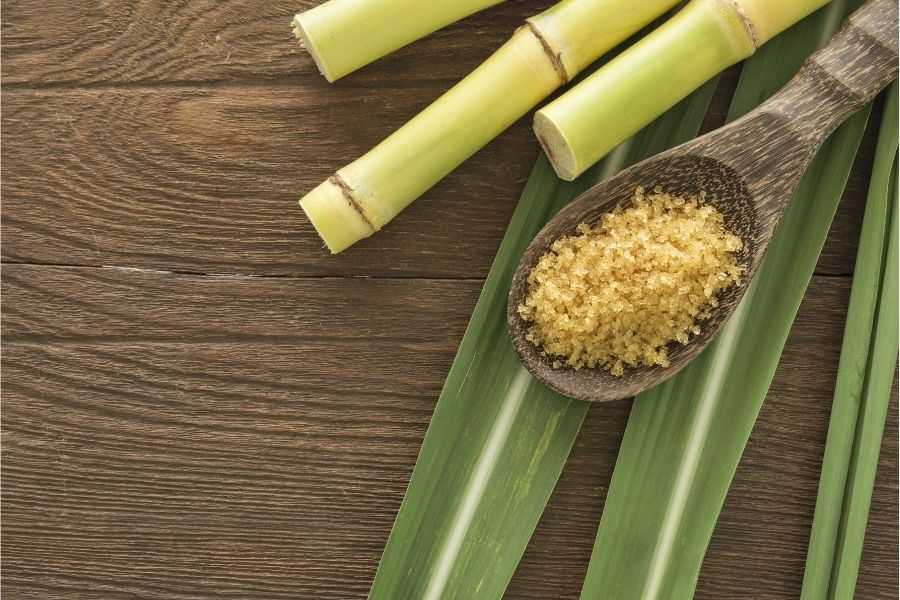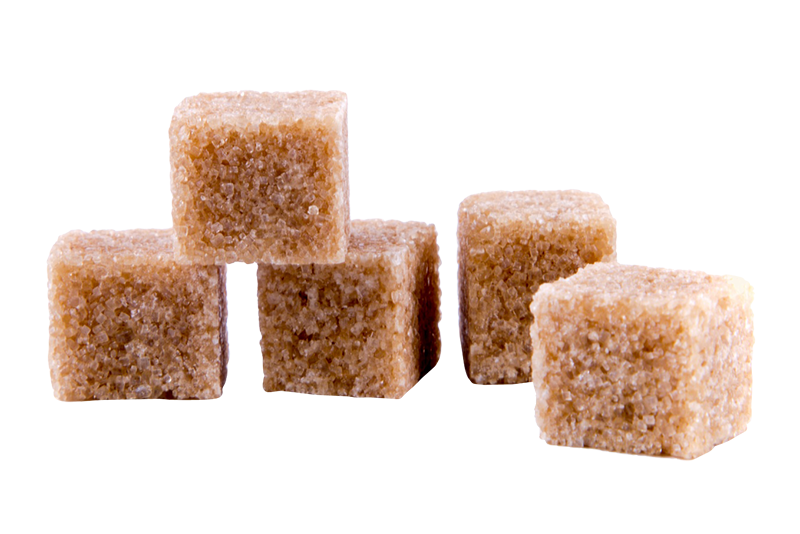Advanced Cane Sugar Processing: Enhancing Efficiency and Sustainability
Advanced Cane Sugar Processing: Enhancing Efficiency and Sustainability
Blog Article
An In-Depth Guide to the Environmental Influence and Sustainability Practices in Walking Cane Sugar Handling
The environmental effect of walking cane sugar handling provides an intricate selection of obstacles that warrant careful assessment. From soil degradation and excessive water usage to the carbon footprint linked with farming and manufacturing, the effects of typical methods are far-reaching. What details practices can be implemented to strike an equilibrium in between efficiency and ecological stewardship?
Summary of Walking Stick Sugar Processing
Cane sugar handling involves a collection of organized steps that change sugarcane right into refined sugar. Originally, gathered sugarcane is moved to processing centers, where it undergoes cleansing to remove soil and particles. Following this, the cane is squashed to draw out juice, which is then cleared up by removing impurities with home heating and the enhancement of lime.
The made clear juice goes through dissipation, where water is removed to concentrate the sugar content. These crystals are separated from the continuing to be syrup using centrifugation, resulting in raw sugar.
The end product is after that dried out and packaged for distribution. Throughout this whole procedure, preserving efficiency and high quality control is necessary to guarantee the sugar meets sector requirements. Each action in cane sugar processing not only adds to the end product however additionally has effects for resource usage and waste generation, establishing the phase for conversations on sustainability and ecological influences linked with sugar manufacturing.
Environmental Obstacles of Production
The production of walking cane sugar offers numerous significant environmental challenges that warrant focus. One main problem is the considerable use of agrochemicals, including plant foods and pesticides, which can cause soil destruction, biodiversity loss, and contamination of local water sources. The drainage from sugarcane fields typically carries these chemicals right into close-by ecosystems, interrupting marine life and affecting the health and wellness of areas reliant on these water bodies.
One more obstacle is the high energy usage connected with sugarcane processing. The boiling and refining phases need substantial warm, primarily produced by burning fossil gas, adding to greenhouse gas emissions. Furthermore, the expansive acreage required for sugarcane growing can bring about logging and environment damage, more exacerbating climate modification and threatening wild animals.
Additionally, the labor practices in some regions increase honest concerns, as workers might face poor working conditions and poor salaries. This circumstance usually continues a cycle of destitution in neighborhood areas. Cane Sugar Processing. Resolving these environmental obstacles is critical for developing a lot more sustainable techniques in cane sugar manufacturing, inevitably benefiting both the environment and the areas associated with this industry
Water and Land Usage Effect
Water sources and land application are important elements in the cane sugar industry that considerably influence the environment. The growing of sugarcane calls for considerable water input, with estimates recommending that it can take in up to 2,000 litres of water per kg of sugar created. This intensive use of water often brings about exhaustion of local water sources, impacting not just the sugarcane ranches but likewise surrounding communities and communities that depend on the same water resources for agriculture and domestic usage.

Moreover, land use for sugarcane farming can bring about deforestation and the conversion of natural environments right into monoculture vineyards. This technique decreases biodiversity, disrupts neighborhood environments, and adds to dirt destruction. The growth of sugarcane fields frequently trespasses on useful agricultural land, developing competitors for resources between food and biofuel manufacturing.
Sustainable methods, such as enhancing irrigation techniques and applying crop turning, are necessary to mitigate these impacts. By taking on more effective water use and land management strategies, the walking cane sugar industry can decrease its environmental impact, ensuring an equilibrium between farming productivity and ecological conservation.
Greenhouse Gas Emissions
Greenhouse gas exhausts represent a significant environmental problem within the cane sugar processing sector, particularly as agricultural methods broaden to meet global need. The growing of sugarcane, a plant that flourishes in tropical climates, depends greatly on artificial plant foods and chemicals, which add to nitrous oxide emissions. In addition, land-use modifications, consisting of logging for new sugarcane ranches, release co2 kept in plant life and soil.
During handling, power intake is another major resource of greenhouse gas emissions - Cane Sugar Processing. Several sugar mills go now use nonrenewable fuel sources to power visit site equipment and create warmth, leading to considerable carbon footprints. Additionally, the transport of raw sugarcane and completed items includes layers of discharges via fuel burning in vehicles
This includes assessing current farming methods, processing approaches, and transportation systems to determine locations for renovation and mitigation. Resolving greenhouse gas exhausts is necessary for promoting a much more lasting walking cane sugar industry in a transforming environment.

Lasting Practices and Innovations
Lasting methods and developments are progressively important in the walking stick sugar processing industry as stakeholders look for to lower ecological influences while maintaining productivity. One substantial innovation is the implementation of integrated plant management, which optimizes source use by combining soil monitoring, insect control, and plant rotation methods. This approach boosts return while minimizing chemical inputs and protecting dirt wellness.
In addition, the adoption of eco-friendly power resources, such as biomass from sugarcane residues, has actually gotten grip - Cane Sugar Processing. By converting waste items right into power, refining centers can lower their dependence on nonrenewable fuel sources, thus decreasing greenhouse gas exhausts
Water monitoring techniques have additionally seen renovations with the recycling and reusing of water in handling plants, substantially decreasing freshwater usage. Advancements in modern technology, such as precision farming, enable farmers to monitor plant health and source use much more efficiently, making certain lasting cultivation techniques.
Moreover, certification programs like Fair Profession and Rain forest Partnership urge ecologically responsible farming practices and advertise social equity within the supply chain. By accepting these lasting methods and developments, the walking cane sugar processing industry can enhance its strength and contribute Click This Link favorably to environmental stewardship.
Verdict
The ecological impact of walking cane sugar processing provides substantial obstacles, including soil degradation, high water usage, and greenhouse gas emissions, together with honest worries related to labor practices. Dealing with these concerns with lasting practices, such as integrated crop administration, renewable energy fostering, and water recycling, is crucial. By advertising environmentally accountable and socially fair techniques in sugar production, the sector can alleviate its unfavorable effects, ensuring a much more lasting future for both communities and environments associated with this market.
Walking cane sugar processing entails a collection of methodical actions that transform sugarcane into polished sugar. Each step in walking cane sugar processing not only adds to the last product but additionally has implications for resource use and waste generation, establishing the phase for conversations on sustainability and ecological effects associated with sugar manufacturing.
Greenhouse gas discharges represent a substantial ecological concern within the walking stick sugar processing industry, especially as farming techniques increase to satisfy international demand.Sustainable practices and advancements are significantly vital in the walking stick sugar handling industry as stakeholders seek to lower ecological influences while maintaining performance.The environmental impact of walking cane sugar handling offers considerable challenges, consisting of soil destruction, high water consumption, and greenhouse gas discharges, together with honest problems connected to labor methods.
Report this page